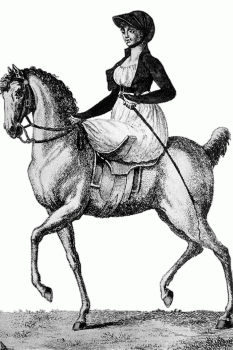Search results for "Aseguranzas para autos Pompano Beach FL llama ahora al 888-430-8975 Calcular valor de seguro automotor Buscador seguros auto La caja de seguros automotor Asegurar mi auto online Seguro basico para auto Corredor de seguros"
What the critic said
9 July 2010 | Letter from the Editors

Illustration by Joan Barrás
‘Pay no attention to what the critics say. A statue has never been erected in honour of a critic,’ said the Finnish composer Jean Sibelius.
No, probably not; but people still read what the critics write – and, sometimes, also what they wrote fifty or a hundred years ago.
An annual list of professions most highly valued by the public in Finland is always headed by surgeons. Shepherds generally feature at the bottom of the list. But critics fare none too well, either – a couple of years ago they were ranked between butchers and gravediggers. Which, of course, can be interpreted, in metaphorical terms, either as hilarious or tragicomical. More…
Thirsty for poetry
22 May 2014 | This 'n' that
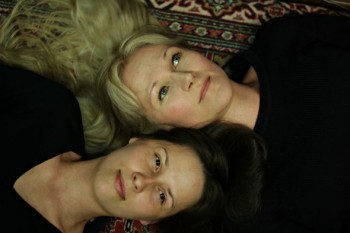
Johanna Venho (above) and Vilja-Tuulia Huotarinen. Photo:
Jano (‘Thirst’) is the name for a new online magazine: according to the writers and poets Johanna Venho and Vilja-Tuulia Huotarinen, its editors, it is a ‘poetry journal for all’ – for poets, the general public, for anybody.
Two issues have been published since November 2013. The theme of the first one is Time, of the second, Place.There are interviews, autobiographical texts, texts by critics and poets. More…
One-night stand: an interview with publisher Leevi Lehto
17 September 2010 | Interviews
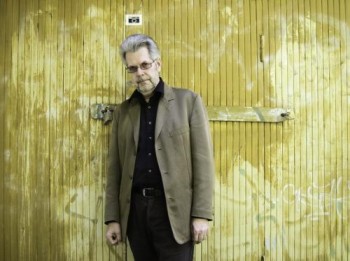
Leevi Lehto. Photo: Lotta Djupsund/Savukeidas
Founded by poet Leevi Lehto, ntamo is seen by many as the black sheep and enfant terrible of the world of Finnish publishing.
From its inception, ntamo (shortened from the word kustantamo, publishing company) has striven to subvert the familiar conservative models of publishing that audiences are used to.
Ntamo publishes books for small circulation, such as poetry and experimental prose. Its catalogue includes works both by celebrated writers, such as Kari Aronpuro, and by a whole host of authors making their literary debuts.
Lehto’s objective has been to publish as many books as possible, using a system of print on demand, and to have as little to do with the books’ content as possible. What’s more, ntamo’s publications are not marketed at all. Readers can find information on new publications by following the publisher’s blog [in Finnish only]. I met up with Lehto a while ago and we discussed ntamo’s current situation, new trends in the publishing world and the future of books and literature in general. More…
For your eyes only
11 May 2015 | This 'n' that

Photo: Steven Guzzardi / CC BY-ND 2.0
Imagine this: you’re a true bibiophile, with a passion for foreign literature (not too hard a challenge, surely, for readers of Books from Finland,…). You adore the work of a particular writer but have come to the end of their work in translation. You know there’s a lot more, but it just isn’t available in any language you can read. What do you do?
That was the problem that confronted Cristina Bettancourt. A big fan of the work of Antti Tuuri, she had devoured all his work that was available in translation: ‘It has everything,’ she says, ‘Depth, style, humanity and humour.’
Through Tuuri’s publisher, Otava, she laid her hands on a list of all the Tuuri titles that had been translated. It was a long list – his work has been translated into more than 24 languages. She read everything she could. And when she had finished, the thought occurred to her: why not commission a translation of her very own? More…
On reading, books and horses
4 June 2010 | Articles, Non-fiction
Horses, women, cars, men and reading: Teemu Manninen takes a look at the changes that illogical history makes
I have a friend who is an avid reader and who also talks about the books he reads. But being a staunch conservative when it comes to reading habits, I just cannot consider him a true friend of literature. The reason: he only reads non-fiction books. To me, ‘being a reader’ means reading fiction and poetry.
But increasingly it seems that real literature is becoming more and more marginal, whereas non-fiction (self-help, history, travel guides, popular science, popular economics, cookbooks) is what sells and keeps the industry afloat. The recent Finnish ‘essay-boom’ is an example of this development, with young writers like Antti Nylén or Timo Hännikäinen gaining recognition as important contemporary authors solely through their work as essayists; Hännikäinen has also written poetry, but Nylén is strictly a non-fiction writer. More…
New from the archive
26 March 2015 | This 'n' that
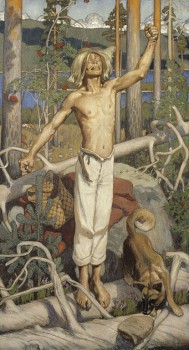
Kullervo’s curse. Painting by Akseli Gallen-Kallela (1899)
Finland’s national epic adapted for the stage by Finland’s national writer: best known as the author of the first significant novel in Finnish, Seitsemän veljestä (Seven Brothers, 1870), Aleksis Kivi (1834-1972) also turned one of the Kalevala’s grimmest stories, that of Kullervo – a tale of incest, revenge and death– into a five-act tragedy.
The translation is by one of Books from Finland’s most long-standing collaborators, David Barrett (1914-1998), a true linguistic genius with a speciality in Georgian as well as Finnish in addition to classical Greek; as well as his work with texts in Finnish and Georgian, he made extensive translations of Aristophanes for Penguin Classics. Barrett felt, as he argues here in his introduction, ‘that Kullervo, if suitably translated, might succeed where Seven Brothers had failed, in bringing Kivi’s genius to the notice of the English-speaking world’.
Was he right? It is up to you, dear readers, to judge.
For a very different, demythologized, view of the Kullervo story, we also publish a manuscript by the modernist poet Paavo Haavikko (1931-2008) from his television adaptation Rauta-aika (‘Age of iron’, 1982).
The Kalevala is in development as a film by the Finnish entertainment company Rovio, of Angry Birds game, and the Finnish-born video game company Supercell. It remains to be seen how the Kalevala take to the big screen.
*
The digitisation of Books from Finland continues, with a total of 372 articles and book extracts made available online so far. Each week, we bring a newly digitised text to your attention.
A library visit
17 August 2012 | In the news

Please come in: National Library of Finland. Photo: Kallerna/Wikimedia
Take a tour: browsing the online bulletin of the Finnish National Library, you’ll find a link (for iPad or other devices) which takes you inside the handsome main building, next to the Cathedral in the heart of Helsinki.
The library building, from 1845, was designed by the most important architect of the city, C.L. Engel.
The latest issue of the library bulletin includes articles on research, conservation and digitisation of the library collections as well as news and pictures.
New from the archives
29 January 2015 | This 'n' that
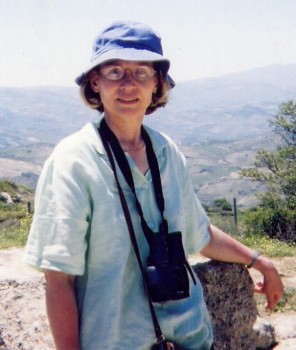
Ulla-Lena Lundberg
Low-lying, sea-girt pieces of rock strewn across the sea midway between Finland and Sweden, the Åland Islands – known in Finnish as Ahvenanmaa – are a world unto themselves. In mind and spirit they are separate from both Finland (to which they technically belong) and Sweden, giving their inhabitants, writers included, a fascinating outsider status.
This week’s archive find, an extract from Leo, the first volume of Ulla-Lena Lundberg’s trilogy set in 19th-century Åland, offers a compelling portrait of the potent mix of cosmopolitanism and (literal) isolation of the islands’ seafaring community, in which the men sail the seas and the women stay at home.
Born on Åland in 1947, Lundberg is a writer of novels, short stories, poems and other essays; her work, she says, derives from her habit of sitting under the table as a small child and listening to what the grown-ups said. She received the Finlandia Prize in 2012 for her novel Is [‘Ice’], and the Tollander Prize in 2011.
*
The digitisation of Books from Finland continues apace, with a total of 354 articles and book extracts made available online so far. Each week, we bring a newly digitised text to your attention.
Kirja muuttuvassa tietoympäristössä [The book in a changing information environment]
21 August 2014 | Mini reviews, Reviews
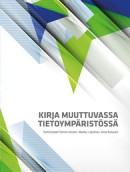 Toim. [Ed. by] Markku Löytönen, Tommi Inkinen, Anne Rutanen
Toim. [Ed. by] Markku Löytönen, Tommi Inkinen, Anne Rutanen
Helsinki: Suomen tietokirjailijat ry. [The Finnish Association of Non-Fiction Writers], 195 p., ill.
ISBN 978-952-67356-3-4
paperback; available also online:
http://www.suomentietokirjailijat.fi/jasenyys/julkaisut/kirja-muuttuvassa-tietoymparisto/
In the Western world the experience of reading is undergoing a critical change. There is even talk of a third information revolution. Books are increasingly acquiring electronic form, and the future of the printed book is being called into question. Kirja muuttuvassa tietoympäristössä contains the considered opinions of 18 experts on what is taking place in the field of non-fiction, and gives an overview of the literature on the current situation, which is seen from the point of view of the bookstore, the library, the author and the publisher. There is a discussion of intellectual property issues, developments in technology, and changes in the use of teaching materials, language, and reading habits. Finland is a leading country in both literacy and reading. The number of books has slowly declined in recent years, but it seems that the country’s youth has maintained an interest in books, and in fiction in particular. Although printed reference works of the encyclopedia type have given way to the information provided by the Internet, it is likely that literature and reading will preserve their status as a part of human culture.
Translated by David McDuff
Iconic Inha
5 February 2015 | This 'n' that
From time to time we have featured the charismatic photographs taken of Helsinki by I.K. Inha (1865-1050) in 1908 – most recently in a book pairing Inha’s iconic images with contemporary photographs of the same scenes by Martti Jämsä (2009). Fifty-one of the images have now been made available online to the public for the first time on the Finnish Museum of Photography’s Flickr page.
Many of the scenes are so little changed that it’s a shock to see them peopled with behatted gentlemen and ladies in long skirts. Commissioned for Finland’s first travel guide, the photographs show the handsome buildings, parks and seafronts of a solidly bourgeois looking city that is still the capital of a Russian province, an autonomous Grand Duchy actively fostering the dream of independence that is to be realised nine years later, in 1917.
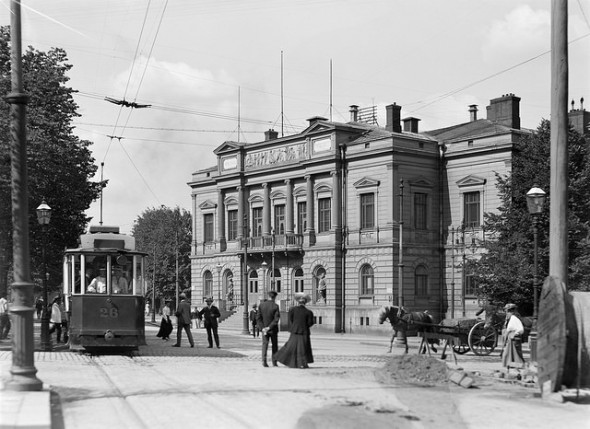
Student Union Building on Itäinen Heikinkatu (now Mannerheimintie). I.K. Inha, 1908.
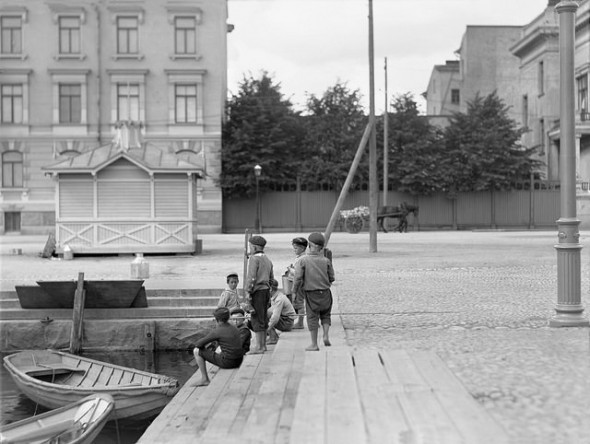
Boys at Hietalahti harbour. I.K. Inha, 1908.
Hip hip hurray!
13 June 2014 | This 'n' that
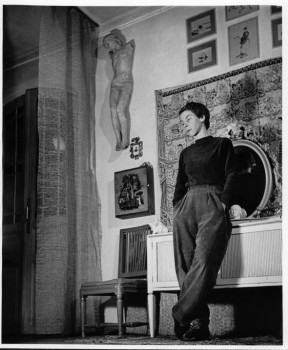
Tove Jansson, 1956. Photo: @Moomin Characters™
The English author of bestselling children’s fantasy books Philip Pullman – of His Dark Materials fame – declares himself a devoted fan of Tove Jansson, the Finnish Moomin-creator and artist, whose stories and novels have been translated into 44 languages.
Pullman has been a fan since the age of eight – now, reassessing Jansson’s work, he notes ‘the perfection of the drawings’. Jansson illustrated her Moomin books, in black-and-white mostly.
Pullman reviews two books in Books for Keeps, the British online children’s book magazine: the newly translated biography of Tove Jansson (1914–2001) by the Swedish scholar Boel Westin (Tove Jansson: Life, Art, Words, Sort of Books, 2014) and Tove Jansson’s memoir from her childhood, Sculptor’s Daughter. ‘Jansson responded to the world with a freshness and originality that have hardly ever been matched in the field of children’s books,’ he writes.
The artist, painter, writer Tove Jansson was born on 9 August – almost a hundred years ago. A major centenary exhibition of her work at the Finnish National Gallery Ateneum is open until 7 September.
Pullman concludes: ‘she could convey all the excitement of wonder as well as the reassurance of comfort and familial love – and [–] evoke a mood of apprehension, loss and mystery. She should have had the Nobel Prize.’
Three cheers – we at Books from Finland agree!
New from the archives
5 February 2015 | This 'n' that

Eeva Kilpi. Kuva: Veikko Somerpuro
When we first published this piece, evacuation in Europe was a distant memory. The violent events that were to take place in what was then still Yugoslavia – Serbia, Croatia, Slovenia, Bosnia, Kosovo – were still to come.
Reading Kilpi’s description of her departure from eastern Karelia as an 11-year-old girl in 1939 with these more recent events in mind makes her evocation of the as-yet-unshattered familiarity of everyday life, the fragility of her prayers that everything will be all right, all the more poignant.
Kilpi (born 1927) is a poet, short-story writer and novelist who shot to international fame with her experimental, erotic novel Tamara (1972; English translation Tamara). She won the Runeberg Prize in 1990 for Talvisodan aika (‘The time of the winter war’), from which this extract is taken.
*
The digitisation of Books from Finland continues apace, with a total of 355 articles and book extracts made available online so far. Each week, we bring a newly digitised text to your attention.
Time to go
29 June 2015 | Greetings
[kml_flashembed publishmethod=”static” fversion=”8.0.0″ movie=”https://booksfromfinland.fi/wp-content/uploads/2015/06/Books_Kesabanneri_2015.swf” width=”590″ height=”240″ targetclass=”flashmovie”] 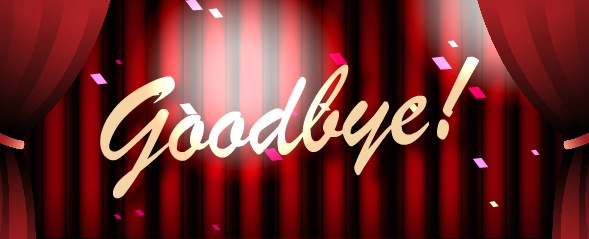 [/kml_flashembed]
[/kml_flashembed]
Animation: Joonas Väänänen
We’ve often thought of editing Books from Finland as being a bit like throwing a party.
It’s our job to find a place to hold it, send out the invitations and provide the food and drink.
It’s your job to show up and enjoy.
![]()
Books from Finland is a party that’s been running since 1967 – for nearly fifty years.
In that time, we’ve served up almost 10,000 printed pages and 1,500 posts, a wide-ranging menu of the best Finnish fiction, non-fiction, plays and drama, accompanied by essays, articles, interviews and reviews.
We’ve had a ball, and to judge by the letters and emails we’ve received from many of you, you’ve had a good time too.
But now it’s time to go: the landlord, to stretch the metaphor, has called in the lease on our party venue. Faced with funding cuts in the budget of FILI – the Finnish Literature Exchange, which has since 2003 been Books from Finland’s home – the Finnish Literature Society has decided to cease publication of Books from Finland with effect 1 July 2015. Our archive will remain online at this address, and the digitisation project will continue. We won’t be adding any new material, though; this is, literally, the last post.
![]()
The party may be over, the lights and music turned off – but what about the partygoers?
They are doing what partygoers always do: they – we – are moving on.
Readers and writers, photographers and illustrators, everyone who’s helped, supported and enjoyed Books from Finland, thank you!
So long. See you around.
Hildi Hawkins & Leena Lahti
What do YOU think?
8 April 2011 | This 'n' that

Illustration: Joonas Väänänen
Dear Reader:
we would love to know what you think about Books from Finland and what it means to you.
You can of course always send us suggestions and comments – interactivity is one of the great bonuses of being online – but we’d like to ask you some specific questions so that we can build up a picture of who reads our website, as well as your likes and dislikes.
We’ll start now, posting a question each month – see the sidebar on our main page. Please participate!
The Editors
New from the archive
26 March 2015 | This 'n' that
This week’s pick is a comic short story by Martti Joenpolvi about the gender divide
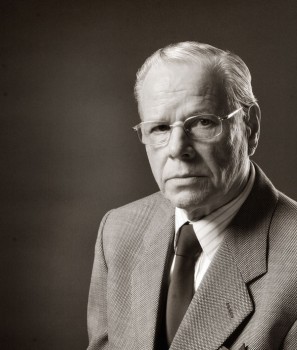
Martti Joenpolvi.
Photo: Janne Aaltonen.
We first published this short story by Martti Joenpolvi, an acknowledged master of the genre, in 1989; it comes from the collection Pronssikausi (‘The bronze age’, 1988), which was nominated for the Finlandia Prize.
The subject – the story is about a man taking his mistress on a secret visit to his summer-house – provides plenty of opportunity for sly humour. But it’s a more unsettling read in 2015 than we’re guessing it was twenty-five years ago – not so much for the plot itself, which makes ironic fun of the idea of woman-as-chattel, as for the characterisation, which subtly places the woman exactly where the story does.
Enjoy!
*
The digitisation of Books from Finland continues, with a total of 375 articles and book extracts made available online so far. Each week, we bring a newly digitised text to your attention.

